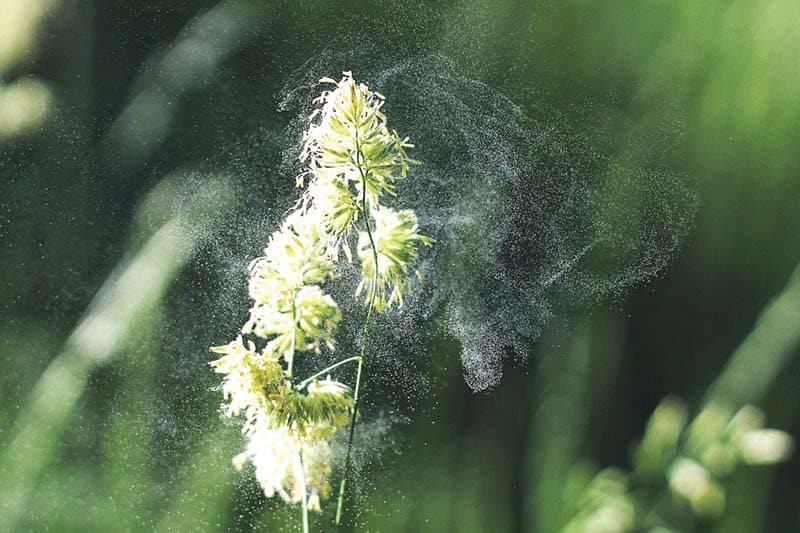
Allergies are the sixth leading cause of chronic illness in the U.S. and more than 50 million Americans suffer from them each year, according to the Centers for Disease Control and Prevention. When it comes to spring allergies, you don’t need to anticipate the season with dread.
However, there are steps you can take to proactively dodge allergens and mitigate debilitating symptoms, according to the experts at AccuWeather.
Change your routine
Are you a morning bather? Experts say that if you suffer from outdoor allergies, you would be wise to switch to evening showers. This will rid your hair and skin of pollen, so you don’t bring it to bed with you. No matter what time of day you shampoo and scrub, you’ll want to wash your linens in hot water, to remove as much pollen as possible.
Stay in-the-know
From dry winds blowing tree pollen into the air, to wet, rainy days causing dust mites and mold to thrive, weather has a huge impact on the spread of allergens and, subsequently, the way you feel, say experts.
“Spring allergies are driven by trees and grass pollen, and different people will have their own reactions. If you do suffer from spring allergens, a cold front passing through can bring some relief,” said Alan Reppert, AccuWeather senior meteorologist. “But even when the weather seems quiet, allergens can be present and contribute to illness. For example, when rain begins and washes pollen out of the air, mold spores can climb and cause allergy problems.”
Get relevant information about weather and allergies in the palm of your hand so you can avoid the worst of it, or make necessary preparations when you can’t. One useful tool is AccuWeather’s daily allergy index, which is available on AccuWeather.com and on the free AccuWeather app for iOS and Android. Stay in-the-know by frequently checking the app, which is also a good source of other weather-related tips, educational resources and information.
Protect indoor air
Fresh air may sound appealing, but opening your car and home’s windows is a fast-track to a high pollen count indoors. For a breeze, stick to air conditioning, as fans can kick up dust and pollen into the air.
Consider your wardrobe
For those times when you must be out and about on high-pollen count days, wear a wide-brimmed hat and sunglasses to protect yourself. A scarf or mask over your mouth and nose can be useful when symptoms are severe. When you get home, be sure to remove outerwear, including shoes, in your mud room or foyer so you don’t track allergens throughout the house, particularly in areas where you sleep and spend the most time. You can make smart decisions about your wardrobe as well as the best time to venture outdoors by consulting digital apps like AccuWeather before leaving the house.
This spring, don’t let sniffles, sneezing and wheezing get the best of you. For a more comfortable season, check the weather often and take proper precautions.
—Courtesy of StatePoint Media Inc.
































